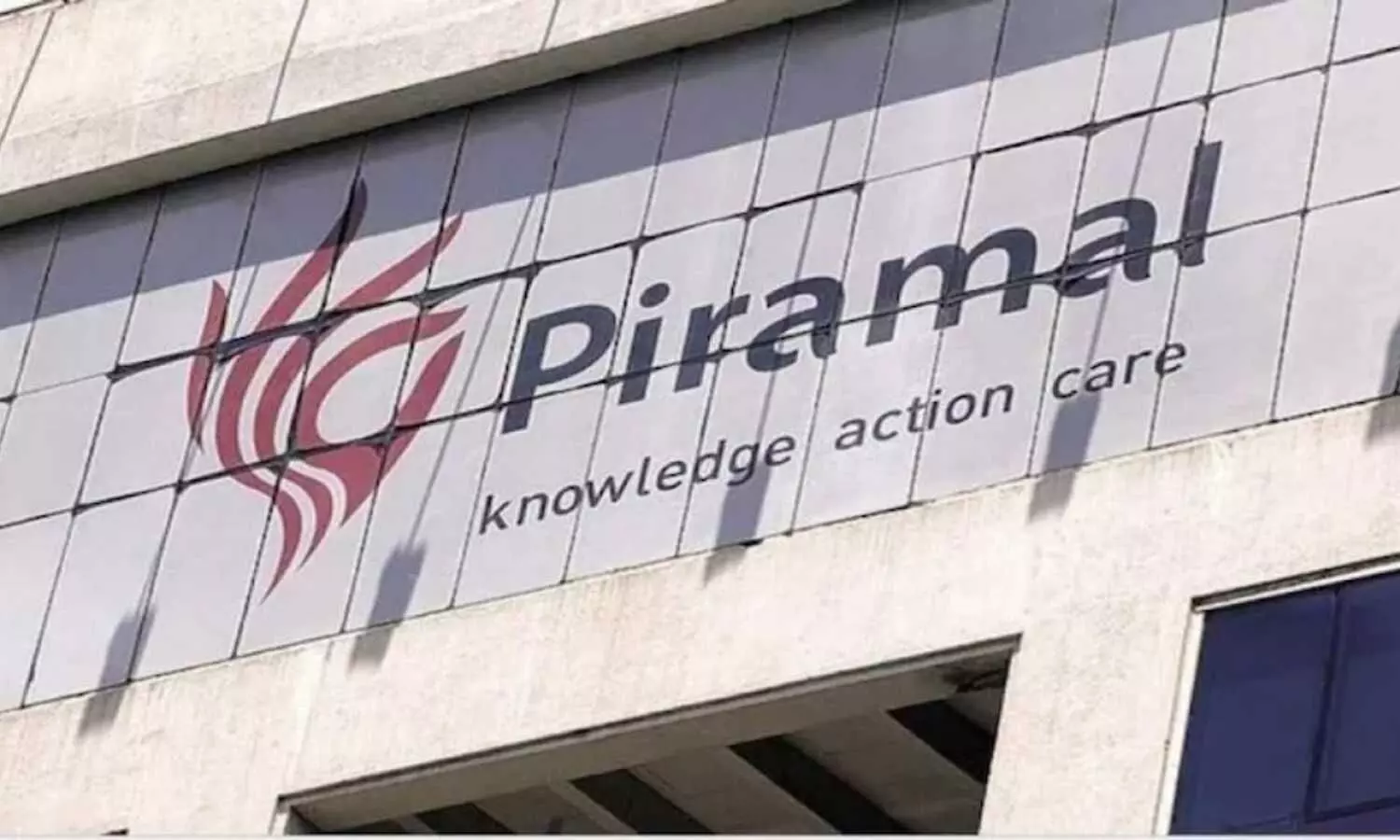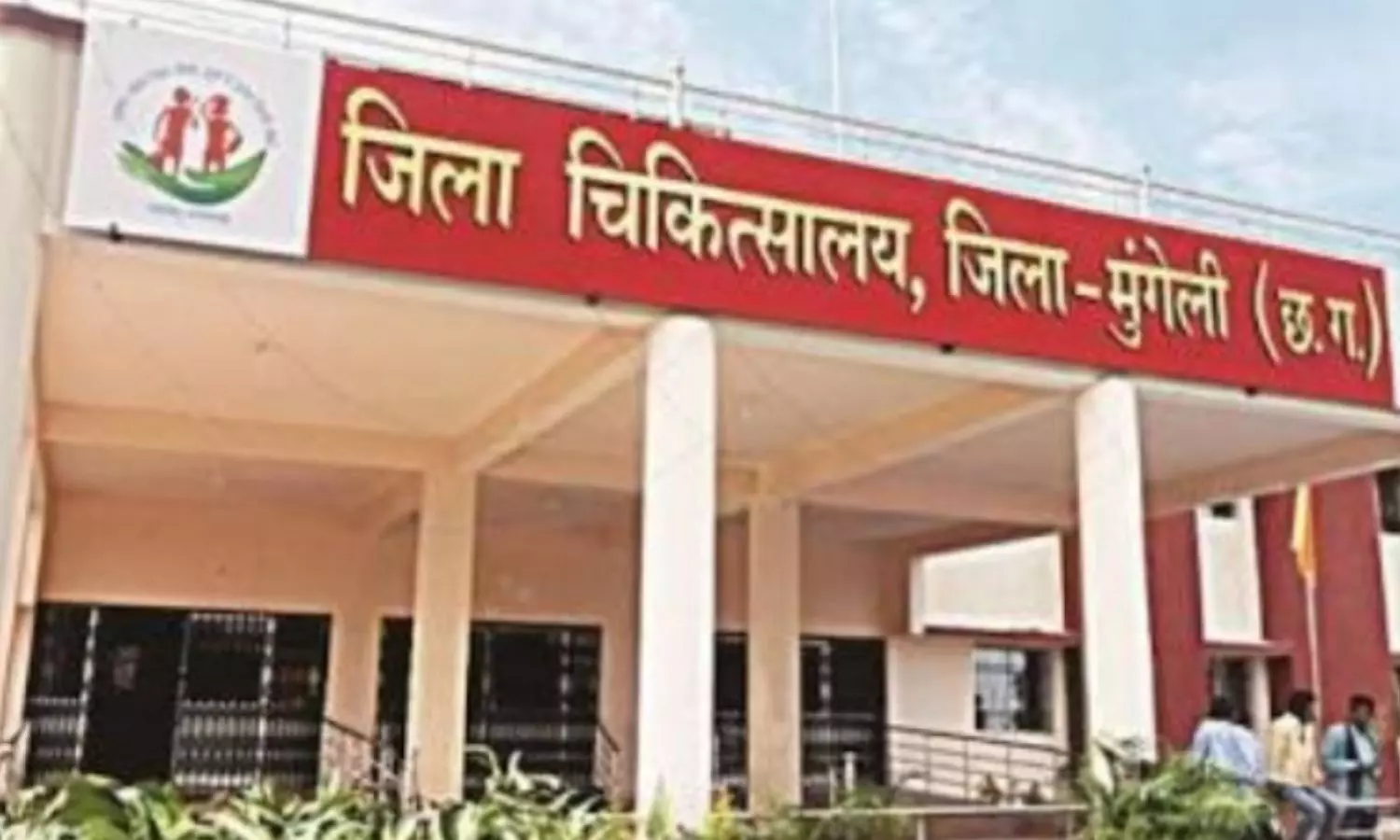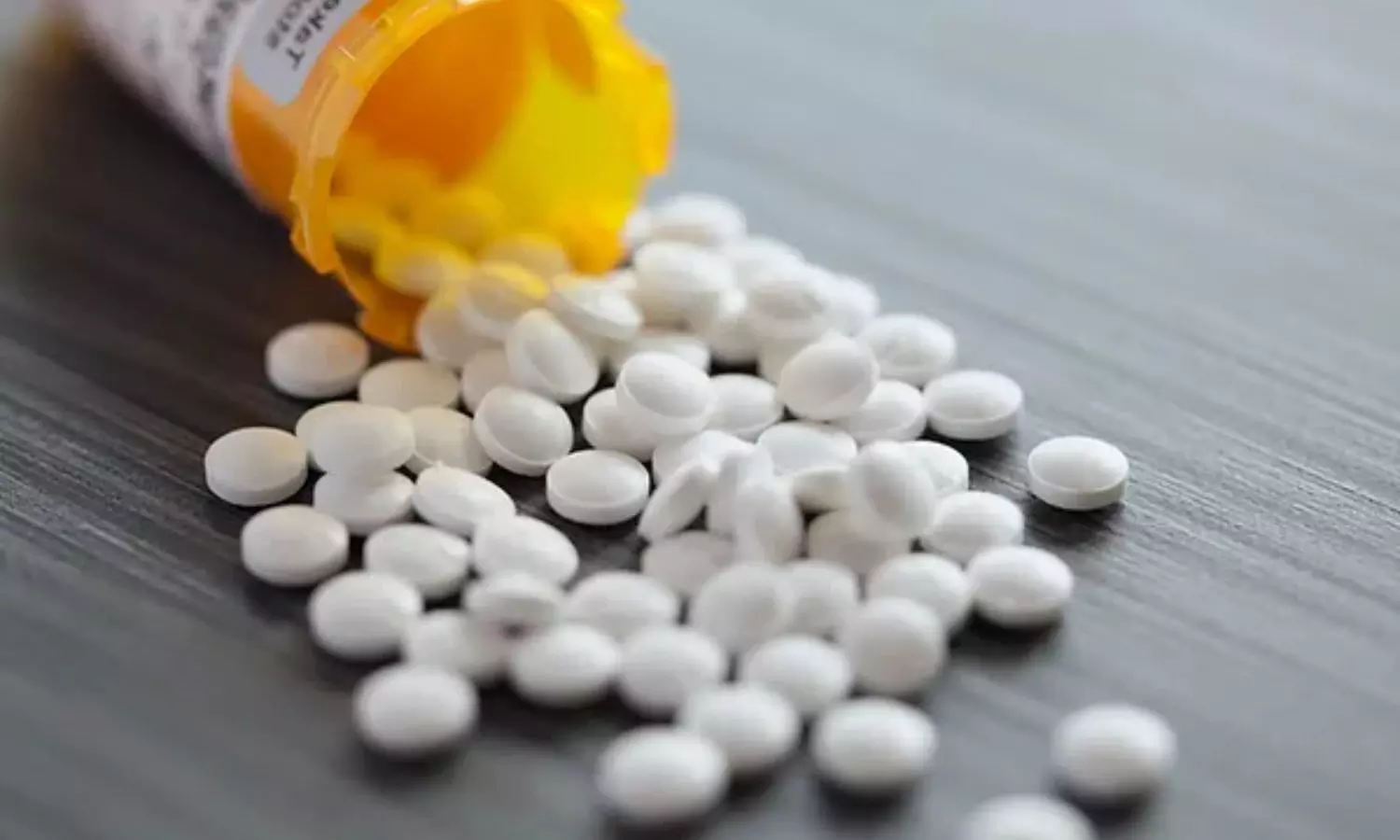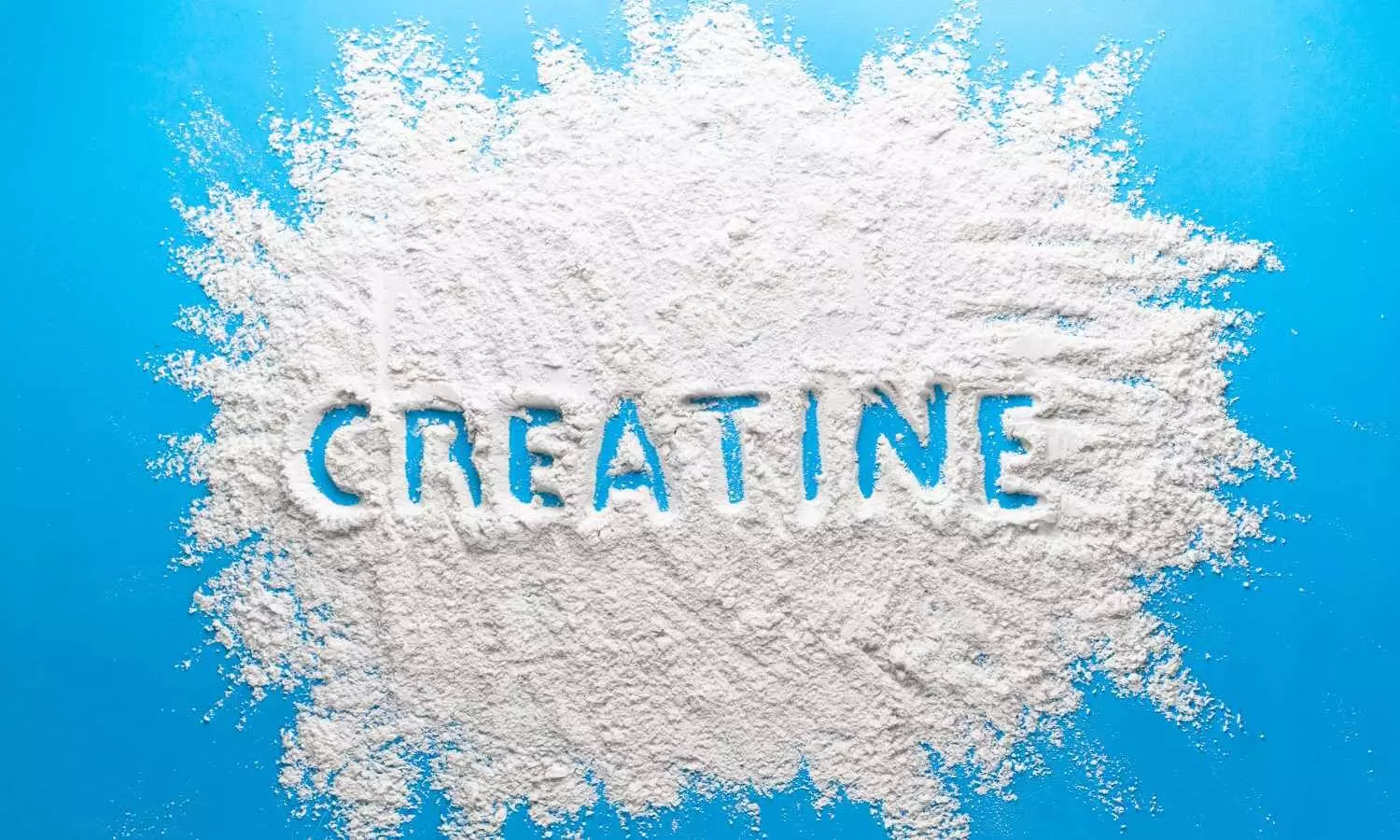Large oncosomes in the blood may enable cancer diagnosis and monitoring
Powered by WPeMatico
Powered by WPeMatico
Powered by WPeMatico

U.S.-based private equity powerhouse Carlyle Group is reportedly gearing up to offload up to a 10 percent stake in Piramal Pharma, according to a Moneycontrol report citing sources.
The sale, expected to be executed through block trades, could earn Carlyle anywhere between Rs 26 billion to Rs 27 billion, the report added, as per Reuters.
Carlyle Group, through its affiliate Ca Alchemy Investments, had a 18% stake in Piramal Pharma as of March-end this year, exchange data showed. This planned sale would effectively slice that holding almost in half.
In October 2020, Medical Dialogues team reported that Piramal Pharma had completed the sale of 20 percent stake in the company for Rs 3,523.40 crore to Carlyle Group Inc.
Powered by WPeMatico
Powered by WPeMatico
Powered by WPeMatico

Hyderabad: In a major step toward upgrading Telangana’s healthcare infrastructure, Chief Minister A Revanth Reddy announced the addition of nearly 7,000 beds across five upcoming government super-speciality hospitals, scheduled to be operational from December 9, 2025.
The announcement was made during the inauguration of AIG Hospitals at Banjara Hills, where the Chief Minister also made a heartfelt appeal to doctors, both within India and abroad, to contribute to the state’s healthcare system as part of their social responsibility.
Revanth Reddy emphasised that this effort not only offers a meaningful opportunity to give back but could also provide deeper professional satisfaction to doctors serving their communities.
He highlighted that doctors based in the US, UK, and other countries often return home to visit their families, and even a single in-person consultation during such visits can significantly impact patients. “That one consultation can help set a treatment course and lead to further digital follow-ups,” he said, reports the Hindu.
Mr. Reddy shared details of an ambitious plan to transform public health infrastructure in Telangana, announcing that five major government hospitals are currently under development and expected to be operational by December 2025. The upcoming facilities include the redevelopment of Osmania General Hospital in Goshamahal, new Telangana Institute of Medical Sciences (TIMS) campuses in Alwal, Sanathnagar, and LB Nagar, the expansion of Nizam’s Institute of Medical Sciences (NIMS), and the construction of a super-speciality hospital in Warangal.
He confirmed that the three TIMS facilities, the expanded NIMS, and the Warangal super-speciality hospital are all scheduled to be completed and operational by December 2025.
Underscoring the Congress-led government’s commitment to human development, the Chief Minister highlighted major allocations in this year’s budget, with a renewed focus on health and education. A total of ₹11,500 crore has been earmarked for the health sector, while ₹21,500 crore has been allocated to strengthen education.
The event also marked a significant milestone for AIG Hospitals, which inaugurated its new Banjara Hills facility. Dr. D. Nageshwar Reddy, Chairman of AIG Hospitals, shared that the expansion was a response to growing demand from residents of Secunderabad and central Hyderabad, who have long faced travel barriers to access specialized care.
Reflecting on the 25-year journey of AIG Hospitals, which began as a 300-bed gastroenterology-focused facility in Somajiguda, Dr. Reddy recounted a pivotal moment marked by a visit from former Chief Minister Y.S. Rajasekhara Reddy.
Also Read: Over Rs 600 crore Cost Escalation for Warangal Super Specialty Hospital: CM Orders probe
According to the Hindu, “Seeing the overcrowding at our Somajiguda facility, he told us, ‘We will give you land, go and build the best hospital in the world,’” Dr. Reddy recalled his conversation with the former Chief Minister.
Today, AIG stands as a nationally acclaimed institution with over 1,000 scientific papers, contributions to 50 medical textbooks, and more than 1,500 trained medical professionals. It continues to pioneer innovations in gastroenterology and other medical disciplines.
Powered by WPeMatico

Mungeli: Chhattisgarh’s Mungeli District Hospital has been awarded the National Quality Assurance Standards (NQAS) certification after securing a total of 92.33 per cent marks on all 15 prescribed health service parameters.
The NQAS certification is given by the National Health Mission of the Ministry of Family and Health Welfare.
Mungeli District Magistrate Kundan Kumar said that this achievement is not only a matter of pride for the district but also a milestone towards better health services. He congratulated all the health workers and officials for this success and encouraged them to maintain the quality of services in the same way.
Also Read:8 Mizoram Govt Health facilities receive NQAS Certification
Dr M.K. Roy, Civil Surgeon of District Hospital Mungeli, said, “We have been preparing for the last six months. A team from Delhi had arrived for investigation grading. We have achieved this success due to teamwork. We will continue to strive for even better service in the future”, news agency IANS reported.
RMO Sandeep Kumar Patil, posted in the Health Department, Mungeli, said that the National Quality Assurance Standards of the Ministry of Health is an initiative, which aims to improve the quality of services being provided in government health institutions across the country and to recognise the institutions providing quality services.
“District Hospital Mungeli has done remarkable work on all important parameters like infection control, patient care, clinical services, record management, trained human resources, cleanliness and patient satisfaction. The team of the Ministry of Health expressed satisfaction with the arrangements and services of the district hospital during the inspection. Under NQAS certification, now the district hospital will receive money as an incentive every year for the next three years at the rate of Rs 10,000 per bed on the basis of 240 beds,” he added.
He also informed that after continuous training and evaluation in the last six months, District Hospital Mungeli has become the hospital to receive NQAS certification with the highest marks. Civil Surgeon Dr M.K. Rai, RMO Dr Sandeep Patil, Hospital Manager Surabhi Kesharwani, Matron Divya Masih, and the entire staff had a special contribution in this achievement.
Divya Masih said that every day, eight to ten pregnant women are being successfully delivered in the district hospital, where better treatment is given along with proper monitoring and patient care, due to which the hospital has been awarded at the national level after the team’s inspection. Special attention is paid to cleanliness in the district hospital. The Ayushman card operator said that common patients are taking advantage of the Ayushman card.
Himesh Kumar Khandekar, a relative of a patient admitted for treatment in the district hospital, said that he has come to the district hospital to get his father, suffering from a urinary infection, treated. Khandekar said that regular treatment is being done here and he is satisfied with the treatment, cleanliness and health facilities of the hospital.
Also Read:200 Govt Hospitals in Kerala achieve NQAS Accreditation
Powered by WPeMatico

UK: A new study published in Diabetes, Obesity and Metabolism sheds light on the complex connection between liver fat accumulation and depression. The research, led by Qi Feng from The George Institute for Global Health (UK) and Imperial College London, suggests that obesity—not liver fat itself—is the key factor linking steatotic liver disease (SLD) and depression.
Using data from the UK Biobank, the study included over 36,500 participants with a mean age of 64.5 years, of whom more than half were female. Liver fat was assessed using magnetic resonance imaging (MRI)-derived proton density fat fraction, and SLD was defined as liver fat content equal to or above 5%. Depression was determined based on self-reported diagnoses and hospital records.
The study revealed the following findings:
“These findings carry significant implications for clinical care and public health,” the authors noted. The data suggests that targeting obesity through lifestyle changes or weight reduction strategies may be a more effective approach to reducing depression risk in individuals with fatty liver disease, rather than focusing on liver fat alone.
The researchers emphasized that while liver fat and depression appear connected, the relationship may be driven by reverse causation and shared risk factors such as obesity. They called for future investigations into how weight management and other lifestyle interventions could impact both metabolic and mental health outcomes.
The authors concluded, “While SLD is associated with an increased likelihood of depression, the link seems to be largely explained by excess weight. The study highlights obesity as a critical modifiable factor in the interplay between liver health and mental well-being, highlighting the importance of holistic care strategies that address both physical and psychological health.”
Reference:
Feng Q, Izzi-Engbeaya CN, Manousou P, Woodward M. Obesity drives the link between liver fat and depression: Cross-sectional and prospective investigations. Diabetes Obes Metab. 2025 Jun 24. doi: 10.1111/dom.16562. Epub ahead of print. PMID: 40555708.
Powered by WPeMatico

A new study published in the Journal of the American Heart Association revealed that long-term use of proton pump inhibitors (PPIs) is associated with an increased risk of developing hypertension in menopausal women.
For diseases including peptic ulcer disease and esophagitis, proton pump inhibitors (PPIs) are the preferred course of treatment. Between 2002 and 2009, PPI usage more than doubled (from 4% to 9%, respectively). In the US, one of the PPIs was prescribed over 70 million times in 2016. Bone fractures, pneumonia, and kidney damage are among the adverse effects that have been related to inappropriate PPI usage, particularly in older adults, whether as a result of extended use or a lack of a suitable rationale.
The aim of this study was to assess the relationship between incident hypertension and PPI usage in menopausal women who were participated in the Women’s Health Initiative Observational Study, or WHI-OS. Examining the relationship between PPI usage and changes in blood pressure recorded in a clinical environment over a three-year period was the secondary goal.
This research included 64,720 menopausal women who were enrolled in the Women’s Health Initiative Observational Study (1993–1998) and were free of hypertension and cardiovascular disease. Medication inventories were used to assess the baseline PPI usage and duration. According to self-report on yearly questionnaires, the outcome was incident hypertension diagnosed or treated by a physician.
Multivariable Cox proportional hazard models were used to estimate the hazard ratios (HRs) and 95% CIs for incident hypertension based on baseline PPI usage (yes/no) and duration (less than a year, one to three years, and more than three years). Using linear regression, the relationship between PPI usage and changes in recorded blood pressure over a 3-year period was investigated.
The mean follow-up period was 8.7 years, and there were 28951 instances of incident hypertension. In the fully adjusted model, PPI use was linked to a 17% increased risk of hypertension when compared to nonuse (HR, 1.17 [95% CI, 1.08–1.27]). An incrementally greater risk of hypertension was substantially linked to longer PPI usage durations (HR, 1.13, 1.17, 1.28, respectively; trend P<0.001).
PPI new users had a substantially higher 3-year change in multivariable-adjusted mean systolic blood pressure (+3.39 mm Hg, P=0.049) than those who had never used a PPI. Overall, menopausal women who used PPIs had a greater chance of being diagnosed with hypertension, and the risk increased significantly with longer usage duration.
Source:
Soliman, A. I., Wactawski-Wende, J., Millen, A. E., Gray, S. L., Eaton, C. B., Hovey, K. M., Donneyong, M., Saquib, N., Mouton, C. P., Laddu, D., Liu, S., Shimbo, D., Wassertheil-Smoller, S., & LaMonte, M. J. (2025). Proton pump inhibitor use and incident hypertension in menopausal women. Journal of the American Heart Association, 14(13), e040009. https://doi.org/10.1161/JAHA.124.040009
Powered by WPeMatico

Creatine, the supplement popular with athletes for its ability to help build strength and power, is increasingly being recognized for its broad health benefits.
The compound’s usefulness extends well beyond the gym, according to Dr. Richard Kreider, professor and director of the Exercise & Sport Nutrition Lab at Texas A&M University. Kreider has spent more than 30 years investigating the effects of creatine, a naturally occurring compound stored in the muscle that combines with phosphate to form creatine phosphate, which is needed for cellular energy.
“When the body is stressed, like in exercise or under metabolic conditions like some diseases, creatine phosphate is needed to maintain energy in the cell, and therefore has a lot of protective and health benefits, in addition to the exercise performance effects that have been seen,” Kreider said.
Our bodies create about a gram per day, but it’s recommended to get two to four grams of creatine per day, depending on muscle mass and activity levels. According to Kreider, most people fall short of getting enough creatine from diet alone. The best sources of creatine in the diet are meat and fish.
“You only get about a gram of creatine per pound of red meat or fish, like salmon, so it’s expensive and takes a lot of calories to get a gram,” Kreider said. This is why supplementation matters, especially for vegetarians or vegans who do not consume enough creatine in their diet.
For athletes with performance-related goals, Kreider said it’s recommended to supplement 5 grams, four times a day for a week. Supplementation “helps load the muscle up with more energy,” which makes for improved high-intensity exercise, recovery and even cognitive function. After that, consuming 5 to 10 grams per day will maintain creatine stores and provide enough creatine for the brain.
Beyond boosting athletic performance, creatine is important for everyone as they age throughout their lives, Kreider said. It can help older adults who lose muscle mass and cognitive function as they age, he said, and in adolescents, low dietary creatine intake is associated with slower growth, less muscle mass and higher body fat.
In a comprehensive review published in February in the Journal of the International Society of Sports Nutrition, Kreider and colleagues analyzed 685 clinical trials on creatine supplementation to assess its safety and the frequency of reported side effects. The analysis showed there were no significant differences in the rate of side effects for participants taking a placebo and those taking creatine.
As for anecdotal concerns like bloating or cramping, Kreider says those claims don’t hold up under scrutiny, and studies have shown creatine can actually prevent cramping because it helps the body retain more fluid.
Despite the strong evidence base, Kreider said creatine has long been the subject of misconceptions and misinformation. He’s among the members of the International Society of Sports Nutrition who recently issued a letter affirming the safety and efficacy of creatine, urging lobbyists and policymakers not to restrict access to it.
“There’s absolutely no data supporting any negative side effect anecdotally reported about creatine on the internet and in the media,” he said. “Creatine is safe, and it’s important for everybody, not just bodybuilders and athletes.”
Reference:
Kreider, R. B., Gonzalez, D. E., Hines, K., Gil, A., & Bonilla, D. A. (2025). Safety of creatine supplementation: analysis of the prevalence of reported side effects in clinical trials and adverse event reports. Journal of the International Society of Sports Nutrition, 22(sup1). https://doi.org/10.1080/15502783.2025.2488937
Powered by WPeMatico
